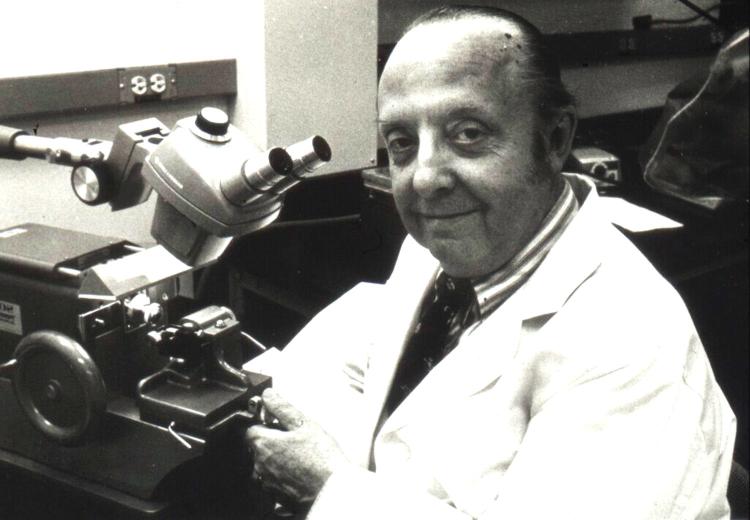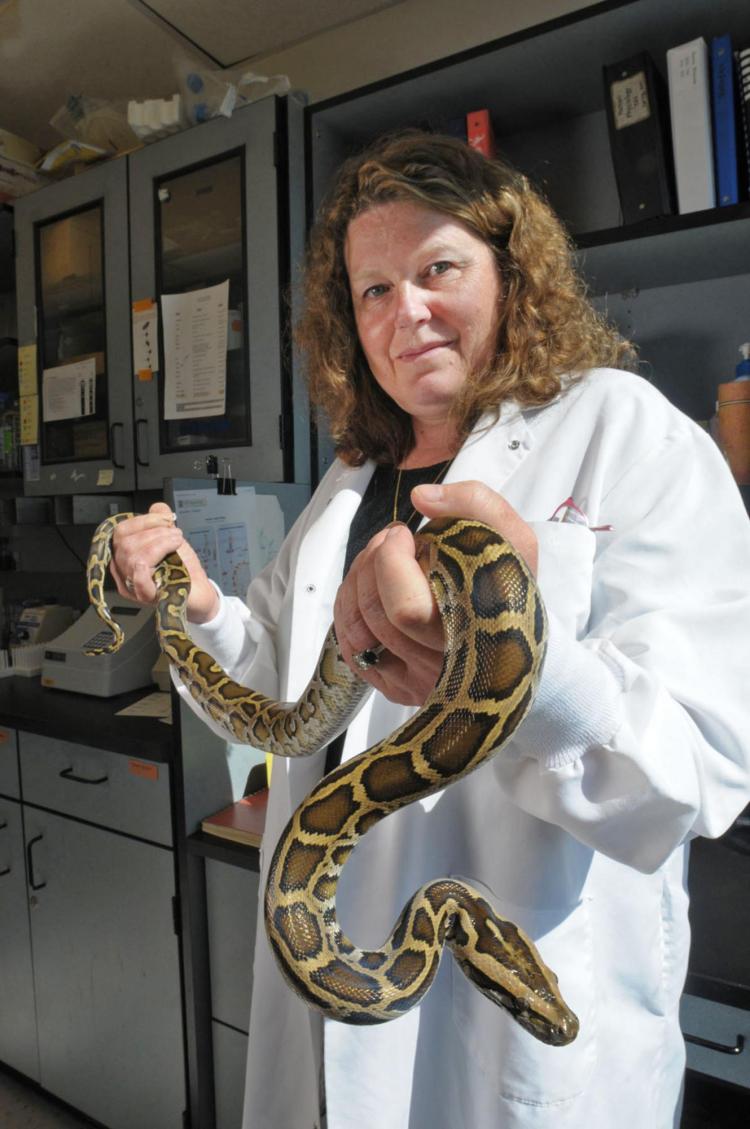50 years later, MCDB department still breaking new ground
A scientific A-list of more than 250 alumni and former faculty members will return to CU Boulder this weekend to celebrate the 50th anniversary of a department credited with expanding what it means to study “biology,” putting Boulder on the map as a biotech hub and opening doors to discoveries of novel treatments for everything from heart disease to neurological disorders.
“We were the first in the country to combine molecular, cellular and developmental biology, building a continuum of study that went all the way from atoms to mammals,” said Richard McIntosh, an Emeritus Professor of the Molecular, Cellular & Developmental Biology (MCDB) department and one of the earliest faculty hires. “From our simple Colorado beginnings, we quickly became a national leader.”
Who: Open to the public
What: MCDB's star scientists of past and present will offer a free, public lecture series exploring their current research on human stem cell treatments for neurological disease, the neuroscience of social bonding, how animal viruses threaten humans and more.
When: Sunday, Sept. 9, 10 a.m.
Where: Muenzinger Auditorium
Learn more at www.colorado.edu/mcdb or email richard.mcintosh@colorado.edu.
The ‘new biology’
The department was born in July 1968 amid a lively national debate about what a university biology education should look like. At the time, biology at CU Boulder centered around Rocky Mountain flora and fauna, with degrees in botany, zoology and ecology.
But 18 years after the discovery of the structure of DNA, many young scientists were hungry to learn about the molecular machinery that forms cells, shapes their development, and influences what traits are passed on.
“In the 1960s, biology was going through a remarkable evolution and CU wanted to be a part of it,” said McIntosh.Harvard University professor Keith Porter - a pioneer in the use of electron microscopes to peer inside cells—came to Boulder as the department’s first chair.
He brought a forward-thinking mission that caught the eye of federal funding agencies, so MCDB and CU administrators quickly raised nearly $4 million for a new biosciences building with 50,000 square feet of laboratory space.

Keith Porter, MCDB's inaugral chair
It opened its doors in September 1971, with a collection of scientists and politicians from around the country there to usher in what some dubbed “the new biology.”
From bacteria to pythons
Fast forward 50 years, and 4,500 students have earned bachelor’s degrees, 300 have earned PhDs and 500 have served as postdoctoral fellows. Its faculty members have published more than 5,000 papers, identifying new ways in which cells organize their parts, express their genes, and partition their chromosomes into daughter cells – processes that shape the development of bacteria, insects, animals and people.
They’ve also started seven biotech companies, filed for 200 patents and developed myriad new drugs and diagnostic tools.

Leslie Leinwand with one of her pythons
In 1981, faculty members Larry Gold, David Hirsh, Larry Soll and Mike Yarus set up Synergen, a pharmaceutical protein manufacturing company and one of the first biotechnology firms in the area.
In 1989, Distinguished Professor Tom Cech, a member of the Department of Chemistry and Biochemistry with a joint appointment in MCDB, won a Nobel prize for his discovery that RNA can act as a catalyst in shaping cell development. The discovery, which shed light on how the earliest forms of life may have formed, spawned a new field of RNA research
In 1995, under the guidance of then-chair Leslie Leinwand, MCDB expanded into the study of mammals and snakes, with a new focus on research with direct medical relevance, such as identifying genes whose failures promote heart disease.
Today, MCDB faculty are developing compounds to overcome the antibiotic resistance crisis, working to better understand how viruses like HIV are transmitted, studying the neurochemicals responsible for social bonding and more.
“As a national leader in both basic science discovery and research that directly translates to human health, MCDB is poised to play an important role in shaping the medical discoveries of the coming decade,” said Professor Lee Niswander, the current chair. “It’s an exciting time for us.”


